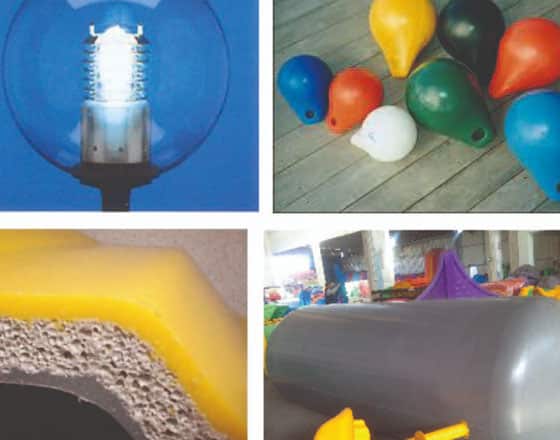Processes
- Polymer Processing
- Injection Molding Insert Molding Blow Molding Over Molding Metal Injection Molding Thermoforming
- Metal Casting
- Die Casting Castings & Forgings Wax Casting Lost Wax Casting Grey Iron Castings Centrifugal Casting Investment Casting Permanent Mold Sand Casting Shell Mold Casting Aluminum Investment Casting Brass Investment Casting Steel Investment Castings Titanium Investment Casting
- Machining
- Milling Turning EDM machining CNC Engraving Hole-making Tap Size Chart Drill Size Chart 5 axis machining Micro Machining CNC Cutting Metal Processes Ceramic Manufacturing Swiss Precision Machining
Materials
What Is Plastic?
Plastic is a polymer substance that can be molded by applying heat or pressure. There are natural resin and synthetic resin in this polymer substance, but when we say plastic, we usually mean synthetic resin made from petroleum.Petroleum, our precious resource, is transformed one after another by the power of science and becomes a raw material for rice-grained plastic called pellets.
Plastic Processing Products & Applications
And by molding these pellets, plastic products are born.Of the various molding methods, the best method for precisely and rationally molding plastic is the injection molding machine, which now produces more than two-thirds of all plastic products. I will. From liquid to grainy rice seeds, and from small seeds to infinite “shapes”. A mysterious material / plastic that freely changes its appearance as if it evolved.
The injection molding machines and advanced molding technology create all plastic shapes.Instead of traditional natural materials such as iron, wood, and glass, plastic is used in various situations in our lives. What kind of material is plastic and what are its characteristics?
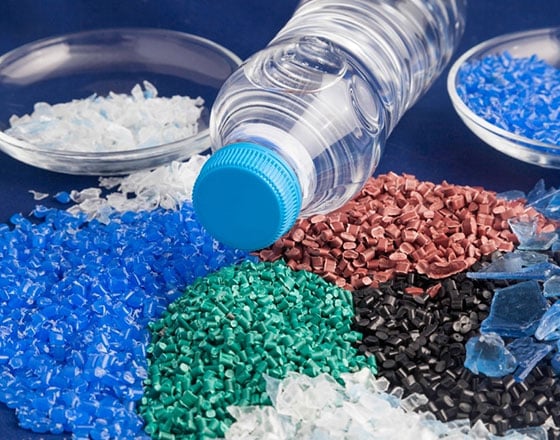
Raw Material for Plastic
Plastic is made from our precious resource, petroleum. Of the crude oil distilled at the refinery, a liquid called naphtha is the raw material for plastics.
Naphtha transforms into a substance called a polymer, and the polymer transforms into pellets, which are used to process products in a plastic molding factory.
Types of Plastic
There are two main types of plastics: thermoplastic resins and thermosetting resins.
What is Thermoplastic Resin?
it is a collection of macromolecules with a linear structure, and when this is heated, the thermal motion of the molecules becomes active and the entanglement of the molecules becomes untangled. The solid polymer softens and becomes a viscous liquid. If heating is continued, each molecule of the polymer should be separated and vaporized, but due to its high molecular weight, vaporization requires a considerably high temperature. When heated more strongly, the polymer made of carbon and hydrogen undergoes thermal decomposition, so it is best to heat it to a viscous liquid level.
It is a plastic that melts and softens when heat is applied, and hardens and becomes a product when it is placed in a mold and cooled, but when heat is applied again, it melts and softens again.
Main types of Thermoplastic plastic
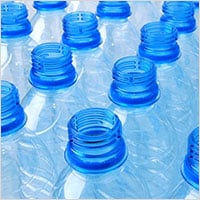
PET(polyethylene terephthalate)

HDPE (high-density polyethylene)
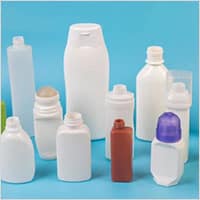
LDPE (low-density polyethylene)
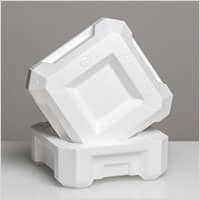
PS (polystyrene or styrofoam)

PVC (polyvinyl chloride)
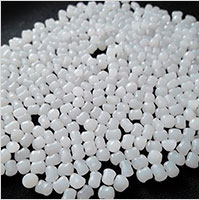
PP (polypropylene)
What is Thermosetting Resin?
It is a polymer substance also called thermosetting plastic, but the bonds of the monomers that make up it have a three-dimensional three-dimensional network structure, and it is also called a three-dimensional polymer or a crosslinked polymer. There is. The finished product with a three-dimensional structure no longer becomes a liquid when heated. This is because the molecules of each other are bridged by tight bonds, and if they are heated even more strongly, the polymer will thermally decompose. Of course, it is insoluble in any solvent and swells in certain solvents.
When heat is applied, thermosetting resin melts and flows into the mold in the same way as thermoplastic resin, but when it is further heated, it becomes harder, and once it is cured, it is basically soft again even when heat is applied. It is a plastic that has the property of not becoming.
Main types of Thermosetting plastic

Epoxy Resin
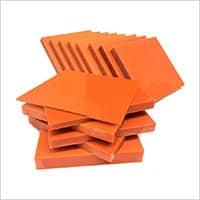
Phenolic(Bakelite)
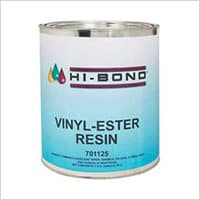
Vinyl Ester Resin

Cyanate Ester

Poly Ester
Plastic Molding
One of the characteristics of plastic is that it is easy to mold, which makes it possible to manufacture molded products at low cost by mass production. The forms of plastic molding materials are:
- Liquids (monomers, solutions, prepolymers, etc.),
- Powders, flakes, pellet chips, etc.,
- Emulsions (emulsions, latex, etc.),
- Liquids such as pastes are poured into a mold to complete the polymerization.
In addition, it is impregnated with cloth or paper, dried, and molded under pressure and heating. Most of the powder is used in the form of pellet pellets. Pellets are made by mixing plastic with a colorant, a filler, etc., and forming it into an elongated rod shape, which is cut into short pieces, and is a cylinder or a prismatic one having a diameter or a side of 2 to 3 mm. Emulsions, paste resins, etc. also have molding processing methods suitable for each.
The molding process can be roughly divided into pretreatment of materials, primary molding process and secondary molding process. Pretreatment is a process of mixing, kneading, drying, crushing, etc. of a polymer and additives, and primary molding means a molding process, which can be said to be the mainstream of molding, and what is secondary molding? , It is a process to increase the added value by post-processing the primary molded product, such as adhesion, printing, painting, and metallizing (surface processing including plating).
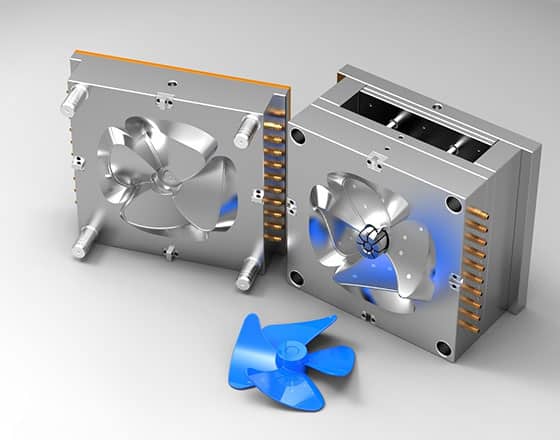
Features of Plastic
One of the major characteristics of plastic is that it deforms when heat is applied. Therefore, it is possible to make various shapes and make a large number of products extremely easily. In addition, plastic is light and strong, transparent, can be colored freely, and has excellent electrical insulation, heat insulation, and hygiene. Recently, plastics that have the same strength as metal and are resistant to heat and shock, and on the contrary, plastics that are very soft like human skin have been developed and are used in various fields.
Plastic is a resource-saving and energy-saving material
It is generally believed that a lot of petroleum is used for plastics, but in reality, plastics account for only about 7% of the total amount of petroleum used. If we don’t have plastic and replace everything with other materials, we’ll need more resources than ever before, and we’ll waste far more oil.
Plastic is a material that is kind to people and nature
Since plastic is highly durable and resistant to corrosion, it has the image of being a highly pollutant material. However, nowadays, used plastic is incinerated and its heat energy is effectively used for heating and hot water, or it is melted again and reused as a material for quies and benches, which is efficient as a valuable resource. It is often used. In addition, biodegradable plastics, which have the property of being decomposed by microorganisms and returning to soil, and plant-derived plastics have also been developed, and are attracting a great deal of attention as materials that are kind to people and nature.
